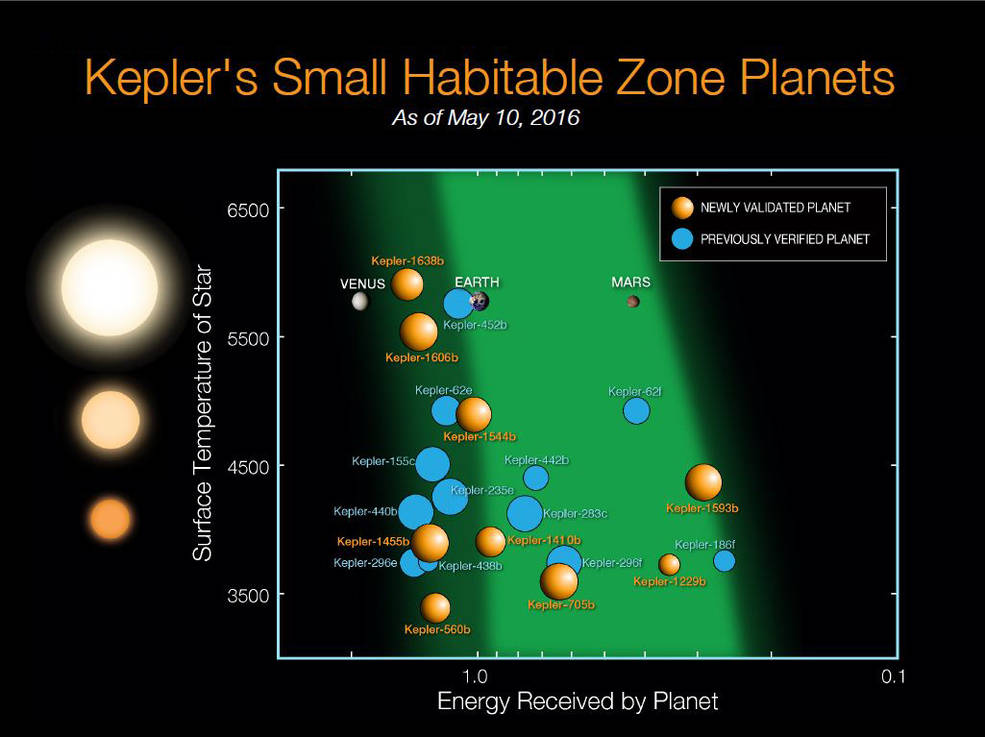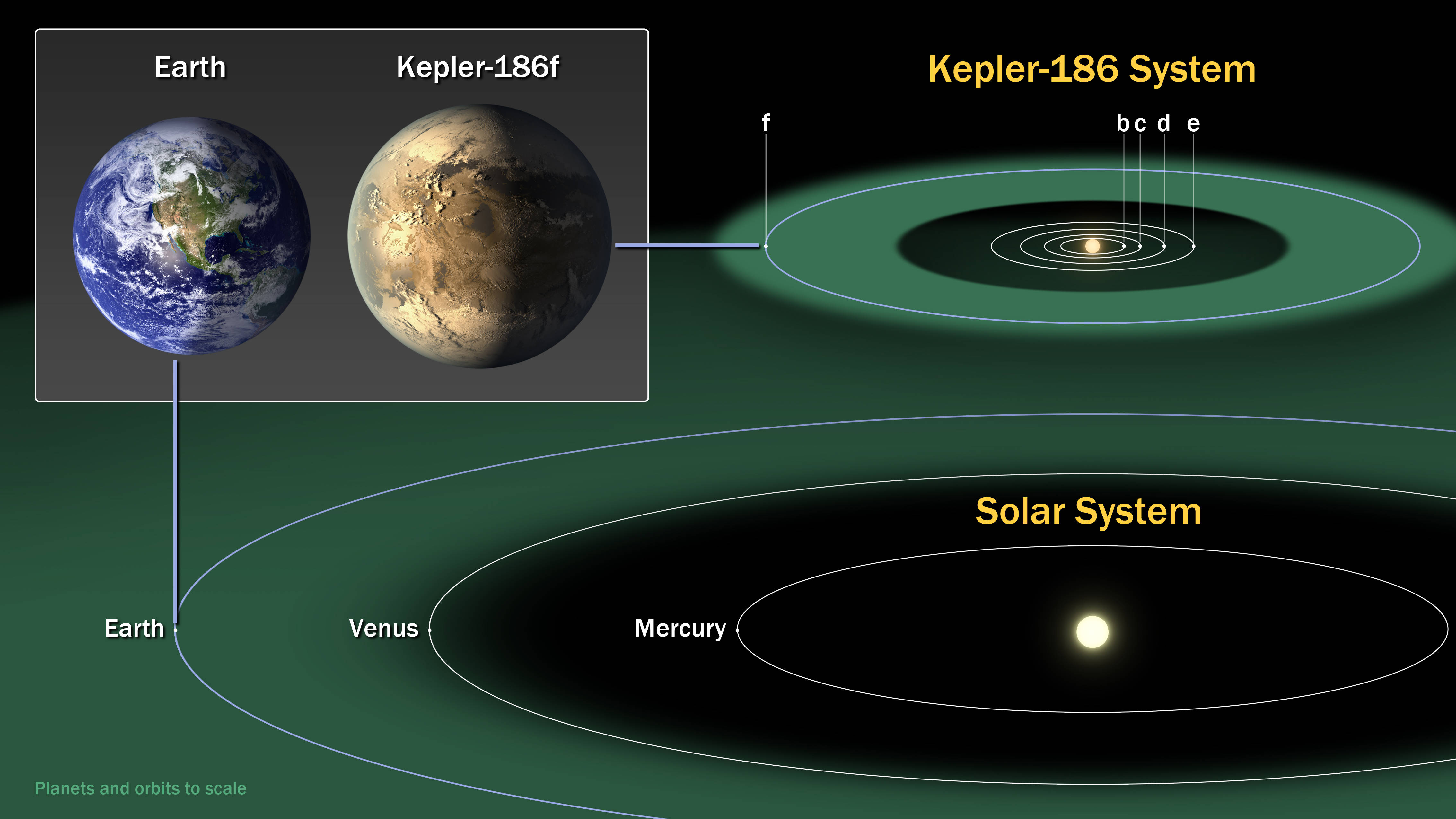
Three Stellar Objects Thought to Be Planets Were Actually Small Stars During a recent reevaluation of the data, it turned out that three of the objects that were originally classified as possible planets turned out to be small stars.

Launched by NASA back in 2009, the Kepler telescope was on a mission to look for Earth-sized planets in orbit of other stars. It was shut down in 2018 having discovered 2,662 exoplanets and observed 530,506 stars. It repeatedly recorded the brightness of thousands of stars and the data was checked to look for dips that could be explained by a planet partially blocking the light. If consistent dips indicated a likely planet, it was considered a planet candidate. Without being added to the catalog of known exoplanets, over 5,000 such candidates were identified in Kepler and TESS data. Three Stellar Objects Thought to Be Planets Were Actually Small Starsįollow-up research of the collected data was conducted to rule out alternative explanations before the candidates could be listed as exoplanets. This was initially done by looking for movement under the presumed planet’s gravitational influence.
#KEPLER GLIMPSES PLANETS VERIFICATION#
However, this method required a lot of time and equipment to do, so scientists moved to statistical verification techniques. #KEPLER GLIMPSES POPULATION PLANETS VERIFICATION# During the reevaluation of the data, it was found that Kepler-854b, Kepler-840b, and Kepler-699b were more likely small stars rather than planets. Three Stellar Objects Thought to Be Planets Were Actually Small StarsĪccording to the research authors, the aforementioned objects were simply too large to be planets. Prajwal Niraula, an MIT graduate student, stated that most exoplanets are Jupiter-sized or smaller, and what they found exceeded twice the size of Jupiter, which meant they couldn’t be planets. Avi Shporer, states that making sure that the list of planets is not contaminated by incorrect data, as people will rely on it for future research when studying the population of planets as a whole.In this dissertation we present the results of a five-year-long radial velocity planet search and a companion survey of detailed stellar abundances. The Solar Twin Planet Search is a uniquely designed observing program on the HARPS spectrograph that aims to characterize the planetary systems of 68 solar twin stars. As we demonstrate in this work, solar twins' chemical compositions can be spectroscopically determined at an unparalleled level of detail. My thesis pairs these precise stellar abundances with information about the stars' planetary systems to give new insights into the connection between stars and the planets they form. Knowledge of stellar composition can give a glimpse into the history of planetary systems. In the HIP 11915 system, we have discovered a planet of comparable mass and orbital period to Jupiter around a star with an abundance pattern indistinguishable from the Sun's.


The HIP 68468 system, on the other hand, is vastly different from our own, with two close-in planetary companions and a stellar composition that could indicate past accretion of planetary material onto the host star. #KEPLER GLIMPSES POPULATION PLANETS VERIFICATION#.


 0 kommentar(er)
0 kommentar(er)
